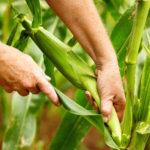When it comes to gardening, certain plants just don’t get along. So, if you’re planning to grow your own vegetables, take note of these combinations to avoid, courtesy of Bach Hoa XANH.
1 Plant Pairs That Don’t Mix
Tomatoes and Potatoes
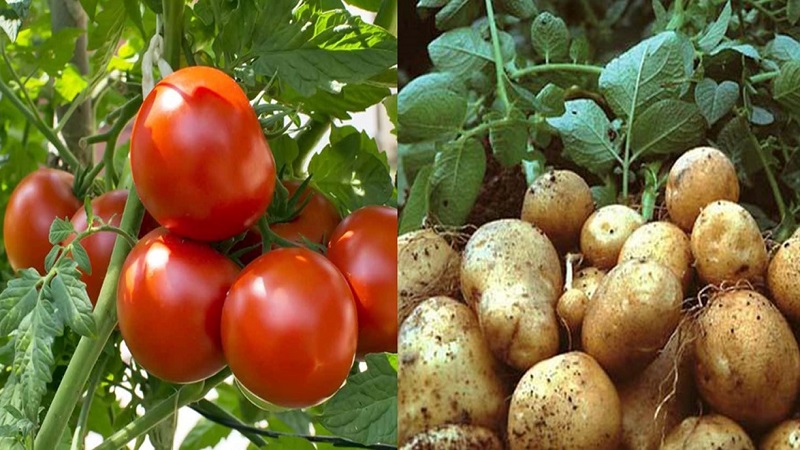 Tomatoes and potatoes are two plants that don’t mix
Tomatoes and potatoes are two plants that don’t mix
While they may be culinary companions, tomatoes and potatoes don’t make good garden buddies. They tend to compete for the same nutrients in the soil, so it’s best to keep them apart.
Corn and Tomatoes
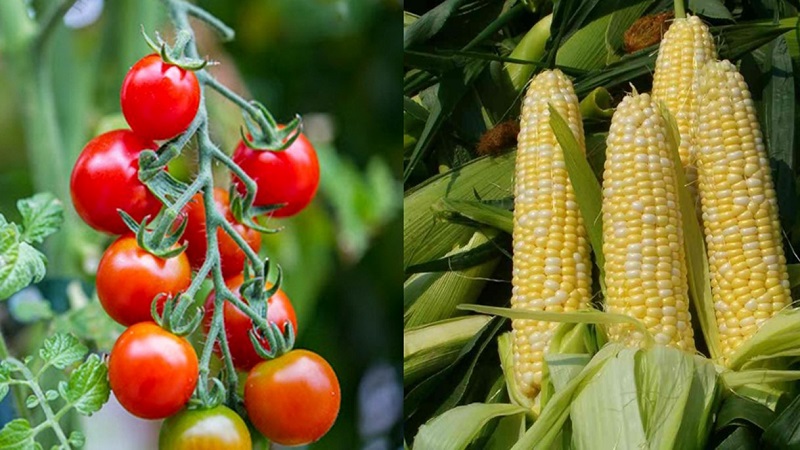 Corn and tomatoes can be susceptible to the same fungal infections
Corn and tomatoes can be susceptible to the same fungal infections
Corn and tomatoes are another pair that should steer clear of each other. Both are prone to similar fungal infections, which can reduce crop yield or even kill the plants. So, give them some space in your garden.
Cucumbers and Basil
 Cucumbers can take on an unpleasant flavor when grown near basil
Cucumbers can take on an unpleasant flavor when grown near basil
Basil may be a culinary herb, but it doesn’t play well with cucumbers in the garden. Basil can affect the flavor of cucumbers, making them less productive and impacting their natural sweetness.
Turnips and Mint
 Mint can be detrimental to turnips
Mint can be detrimental to turnips
According to botanists, mint can harm turnips. If you want to use mint to repel pest butterflies, it’s best to plant it near grapes instead.
Onions and Peas
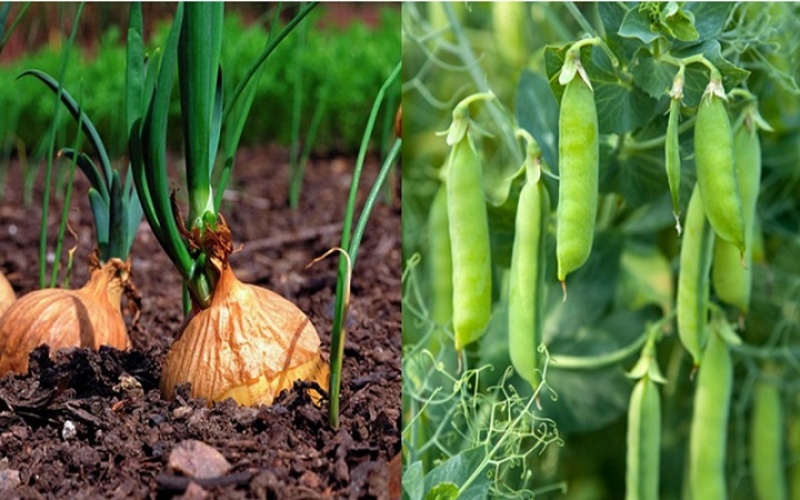 Onions can deplete the soil of nutrients needed by peas
Onions can deplete the soil of nutrients needed by peas
Onions and peas may go together in recipes, but in your garden, they’re a no-go. Onions are related to garlic and leeks, and their extensive root systems can deplete the soil of nutrients that peas need, hindering their growth.
2 Plant Pairs That Do Mix
Tomatoes and Carrots
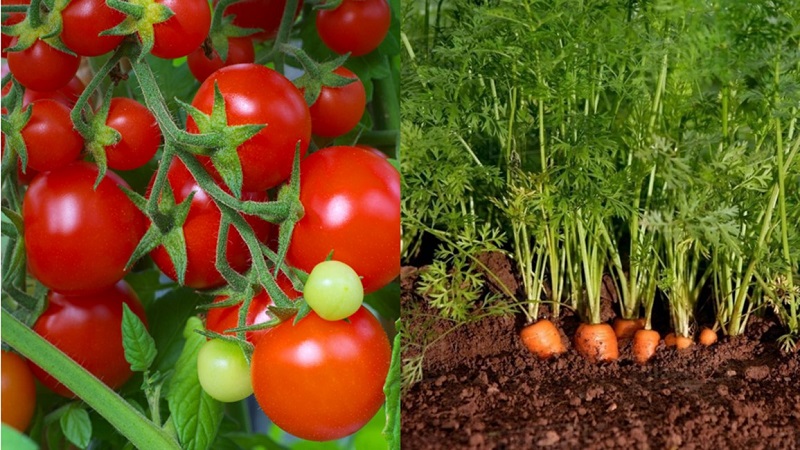 Tomatoes and carrots are a beneficial pairing
Tomatoes and carrots are a beneficial pairing
Scientists say that tomatoes and carrots are a match made in heaven. Carrots prefer cooler, moister soil, while tomatoes provide shade and the right amount of humidity for carrots.
Additionally, carrots protect tomatoes from soil-borne diseases. And since tomatoes bear fruit while carrots produce roots, they make efficient use of space.
Cabbage and Marigolds
 Marigolds attract pests away from cabbage
Marigolds attract pests away from cabbage
If you’re growing cabbage, don’t forget the marigolds. These flowers attract pests like aphids and butterflies away from your cabbage. So, not only do they beautify your garden, but they also boost cabbage production.
Broccoli and Onions
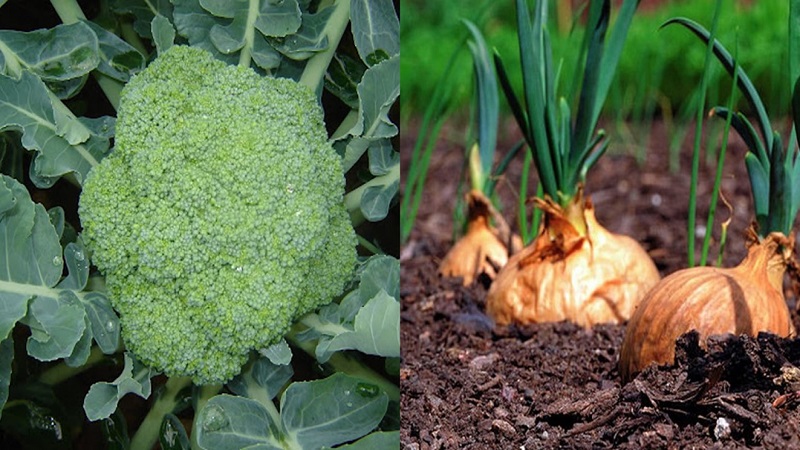 Onions improve the flavor of broccoli
Onions improve the flavor of broccoli
Onions are a great companion for broccoli and other brassicas. Many people believe that onions improve the flavor of broccoli. Onions also provide shade for broccoli, which thrives in cooler temperatures.
Watermelon (or Squash) and Flowers
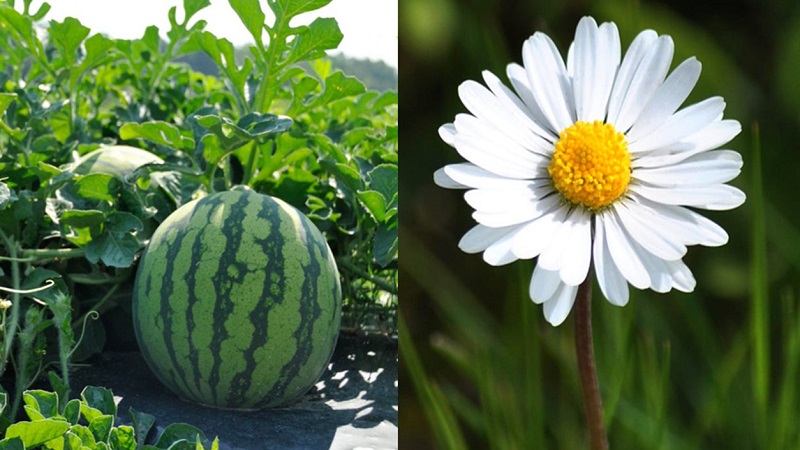 Watermelon and squash benefit from being planted near flowers
Watermelon and squash benefit from being planted near flowers
Plants like watermelon and squash that require pollination benefit from being near flowers. Flowers attract bees with their fragrance, increasing the chances of successful pollination and fruit set.
Turnips and Spinach
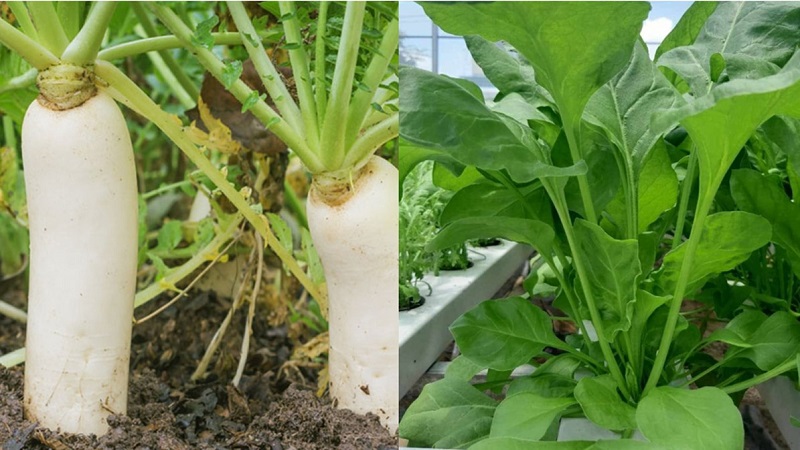 Spinach thrives when planted near turnips
Spinach thrives when planted near turnips
Turnips and spinach are another good match. Turnips can draw pests away from spinach, protecting its leaves. These pests may harm turnip leaves, but they won’t attack the roots.
Beans and Squash
 Bean roots provide nitrogen to benefit squash
Bean roots provide nitrogen to benefit squash
Beans and squash are often planted together by farmers because they support each other beautifully. Bean vines help squash grow taller and stronger, and bean roots produce nitrogen for the soil, benefiting nearby plants. Squash also shades the ground and suppresses weeds with its large leaves.
Lettuce and Chives or Garlic
 Chives or garlic provide shade and pest control for lettuce
Chives or garlic provide shade and pest control for lettuce
You can also intercrop lettuce with chives or garlic to boost productivity. Chives and garlic grow tall and provide shade for lettuce in hot weather. They also repel aphids and other pests that might bother lettuce.
Cucumbers and Peas
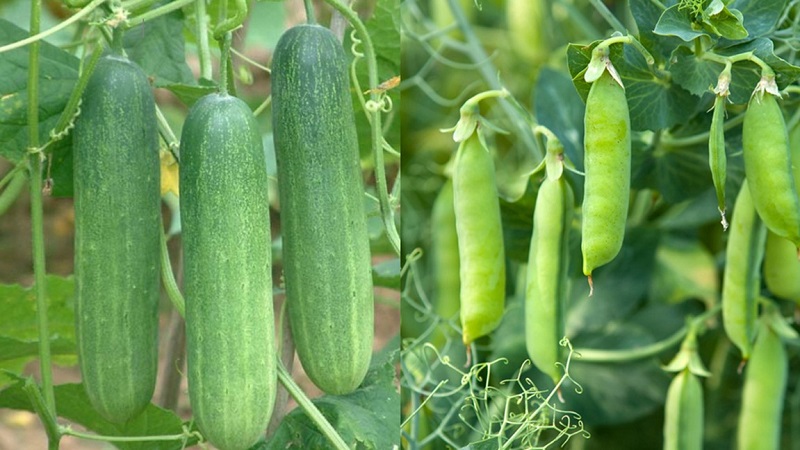 Peas provide nitrogen to benefit cucumbers
Peas provide nitrogen to benefit cucumbers
Cucumbers and peas are another pair that can benefit each other. Peas fix nitrogen in the soil, which cucumbers can then absorb and use for robust growth.
Now you know which plant pairs to keep apart and which to bring together for a bountiful harvest. Happy gardening!

























